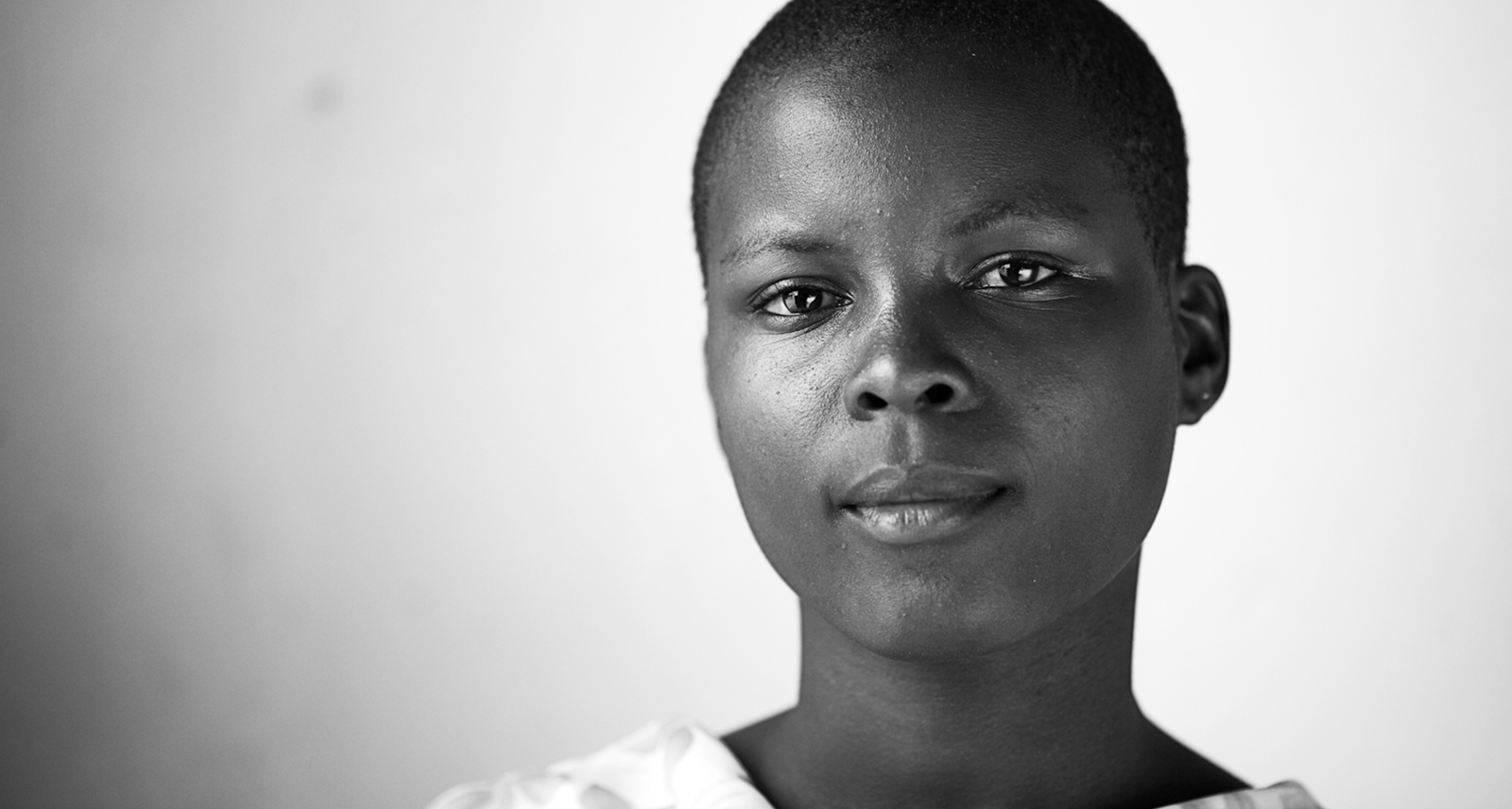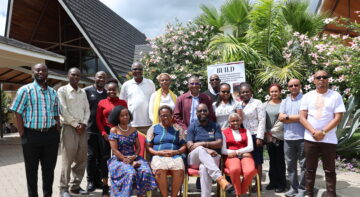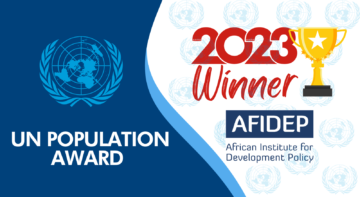Blogs

Teen pregnancy is both a public health and education sector problem in Kenya. The recently launched 2014 Kenya Demographic and Health Survey reported that one in five girls aged 15-19 (18.1 percent) have begun childbearing, meaning that they are pregnant with their first child or have ever given birth to one or more children.
The gravity of this problem in Kenya varies from county to county. Ten counties, about half of which are in Central Kenya, have the lowest teenage pregnancy rates (less than 10 percent), whereas, six counties, half of which are in Nyanza, have the highest pregnancy rates (greater than 20 percent). Moreover, the national pregnancy rate has only declined marginally over the last two decades. In essence, national efforts to meet the sexual and reproductive health needs of adolescents seem to have fallen short.
Teen pregnancy is linked to adverse health, social and economic consequences. Globally, teen pregnancy and childbirth complications are the second cause of death among adolescent girls. Moreover, girls who become pregnant tend to drop out of school, often ending up with inadequate education, skills, and opportunities to secure jobs. Consequently, countries lose out on the annual income a young woman would have earned over her lifetime if she had avoided an early pregnancy. Furthermore, early childbearing is linked to high fertility and rapid population growth, which puts pressure on available resources and hampers national development.
Evidence abounds about how the country can reduce teen pregnancy, which includes keeping girls in school through secondary school and higher education; intensifying efforts to address the underlying economic and socio-cultural factors that lead to school drop-out; and allowing adolescents to access comprehensive sexuality education and sexual and reproductive health information. The link between schooling and teen pregnancy and motherhood is particularly strong. The 2014 Kenya Demographic and Health Survey reported that girls with secondary and higher education are three times less likely to have begun childbearing compared to girls without education (12 percent and 33 percent, respectively).
While Kenya has made great strides to improve access to basic education through the 2003 free education policy, the Ministry of Education, Science and Technology has reported that only 57 percent of primary school students transition to secondary education with girls being more disadvantaged than boys. There are wide variations across the country with counties such as Kirinyaga, Vihiga, and Kisii having high secondary school transition rates (more than 80 percent) and counties such as Kajiado, Nairobi, and Narok having very low rates (between 20 and 30 percent).
Poverty, which at the household level translates to lack of school fees, is a major contributing factor to school drop-out, particularly among girls. About half (49.5 percent) of Kenyans still live below the poverty line. Other factors linked to school drop-out are early marriage and female circumcision. According to the 2014 Kenya Demographic and Health Survey, girls with secondary and higher education marry five years later than those with no education (23 years and 18 years, respectively).
However, school attendance alone will only go so far in reducing teenage pregnancy. The benefits of school attendance can further be reinforced by exposing school children to age-appropriate comprehensive sexuality education which has been shown to be effective in improving adolescents’ sexual and reproductive health behaviour. Kenya is a signatory to the Eastern and Southern Africa Ministerial Commitment to supporting comprehensive sexuality education. However, strong opposition, particularly from religious institutions, has slowed down its implementation in Kenya.
The Ministry of Health recently launched a new Adolescent Sexual and Reproductive Health Policy (2015), which emphasises improving access to both comprehensive sexuality education and adolescent-friendly sexual and reproductive health services. The new policy promises to address implementation challenges that hampered the success of the 2003 Adolescent Reproductive and Health Policy in reducing teenage pregnancy. Key to this is strengthening linkages and coordination between the health and education ministries, supporting the implementation of comprehensive sexuality education and efforts to keep girls in school including teenage mothers, and increasing resource allocation to County adolescent sexual and reproductive health programmes.
This article was originally published in The Standard and The Daily Nation Newspapers on the 21st and the 24th of May 2016 respectively.
Violet Murunga is a Senior Knowledge Translation Officer at the African Institute for Development Policy (AFIDEP); violet.murunga@afidep.org.
Related Posts





